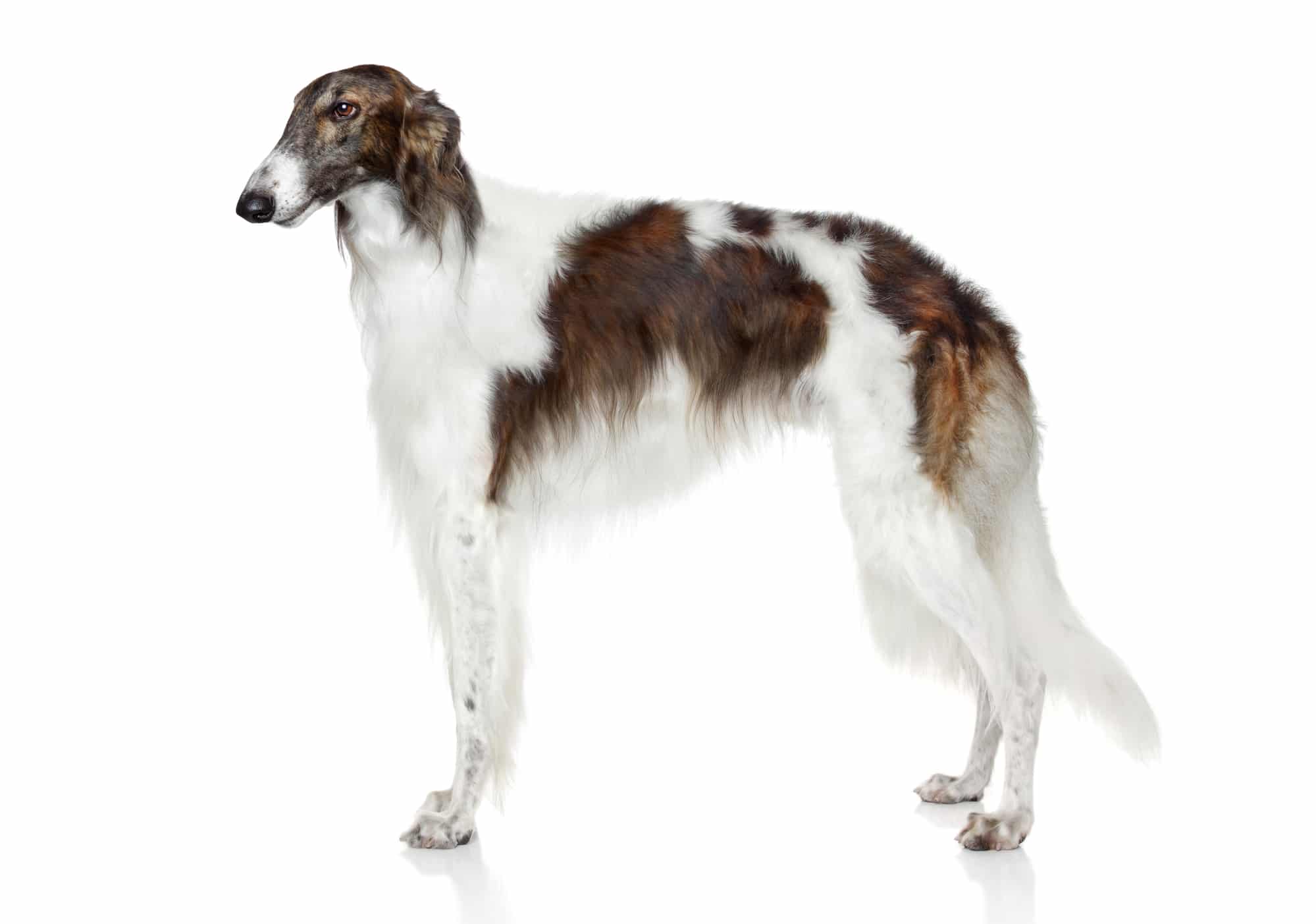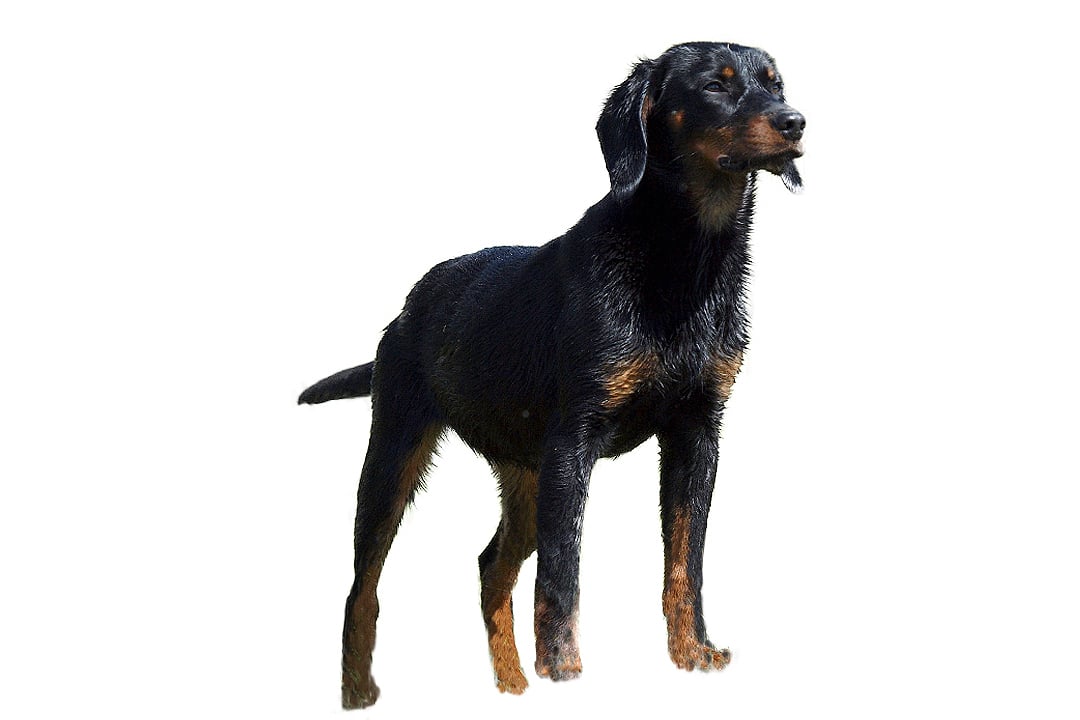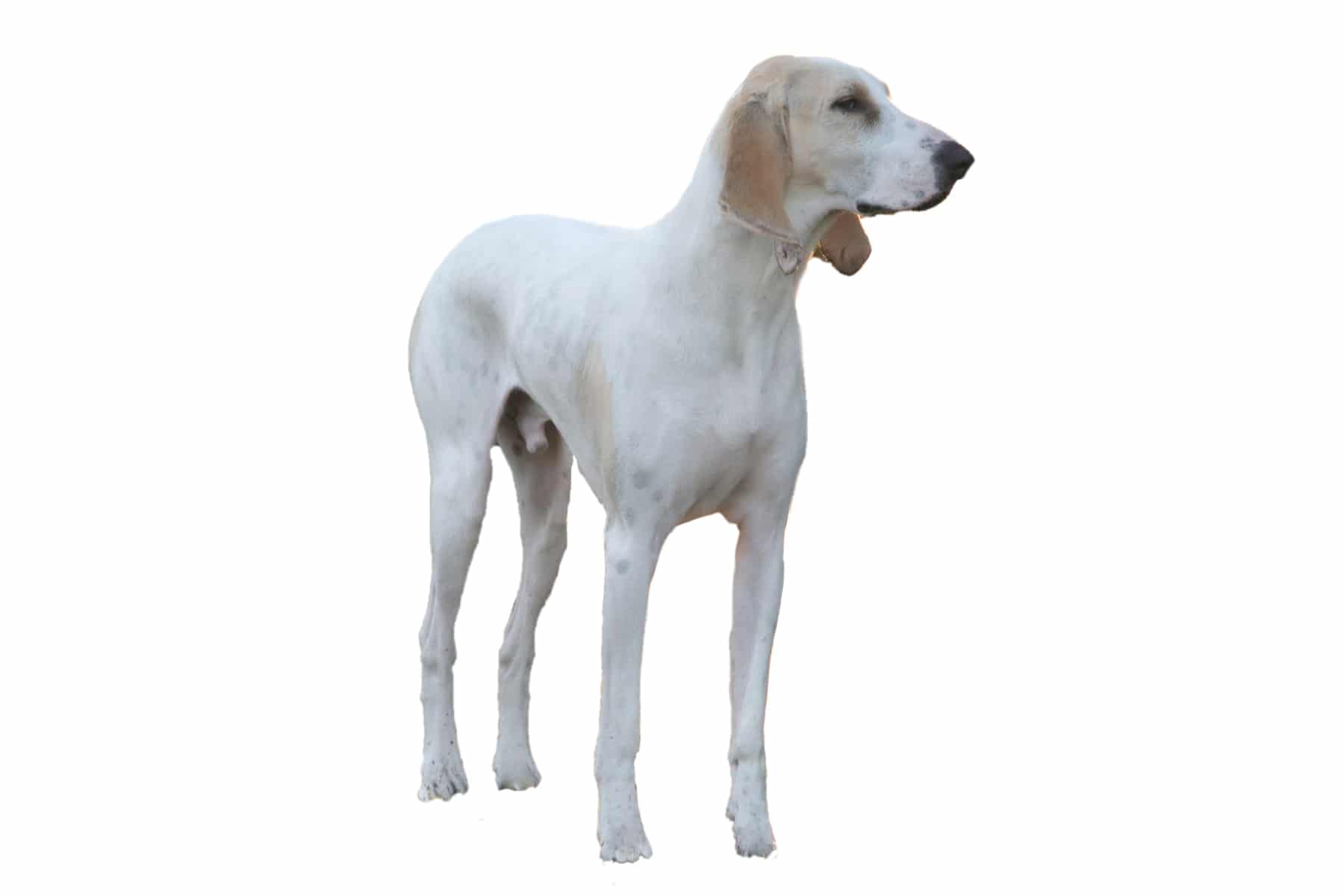Samoyed
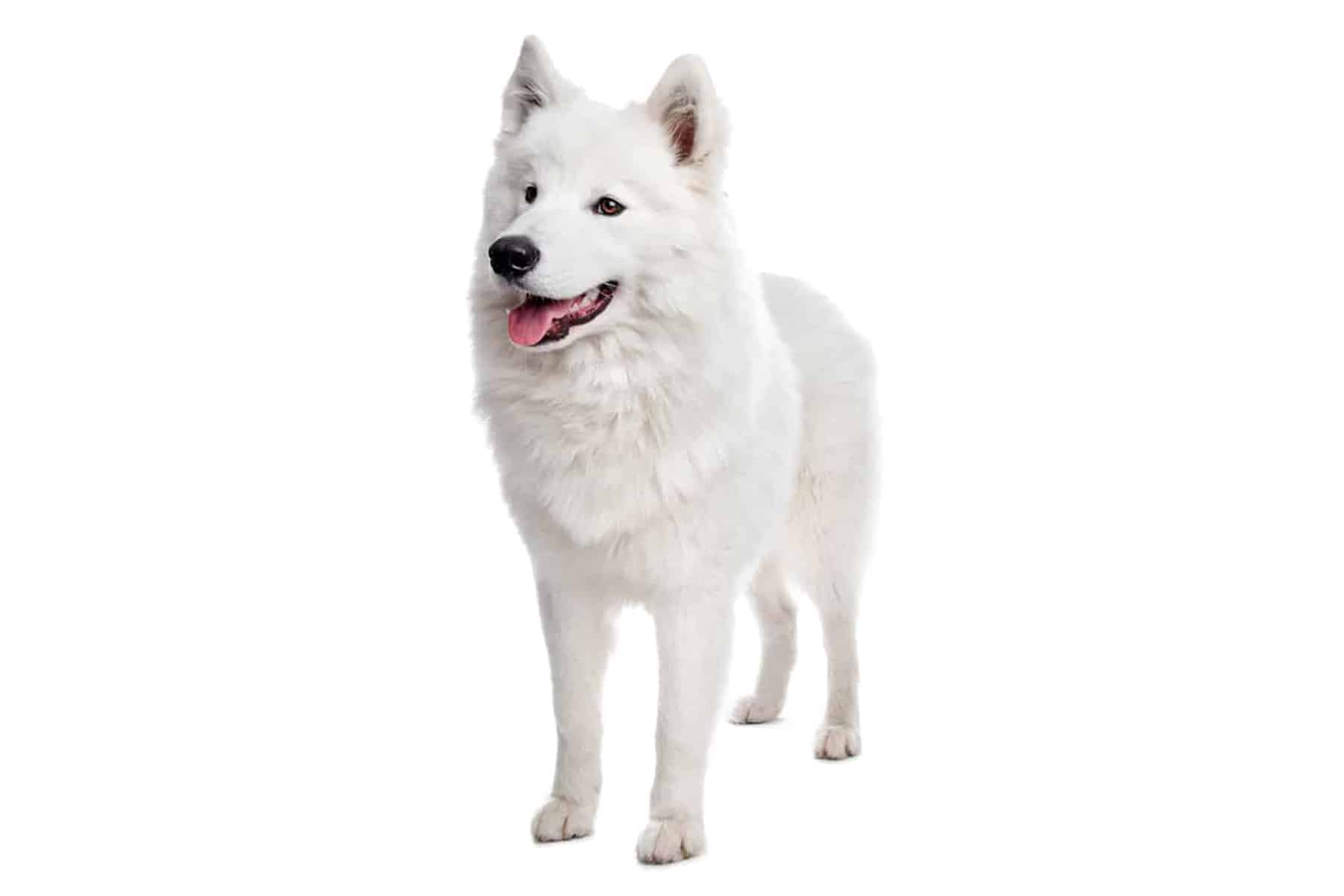
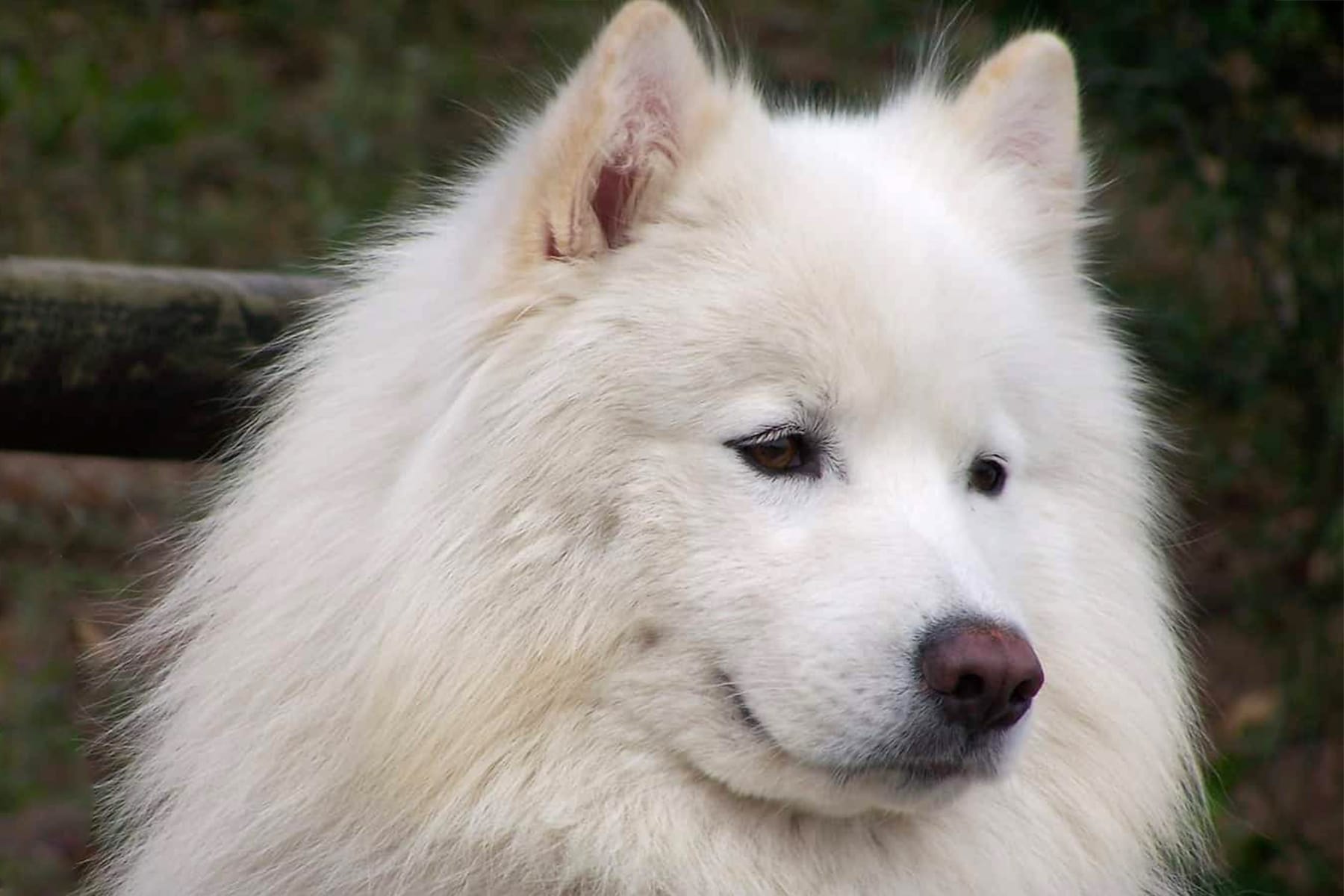
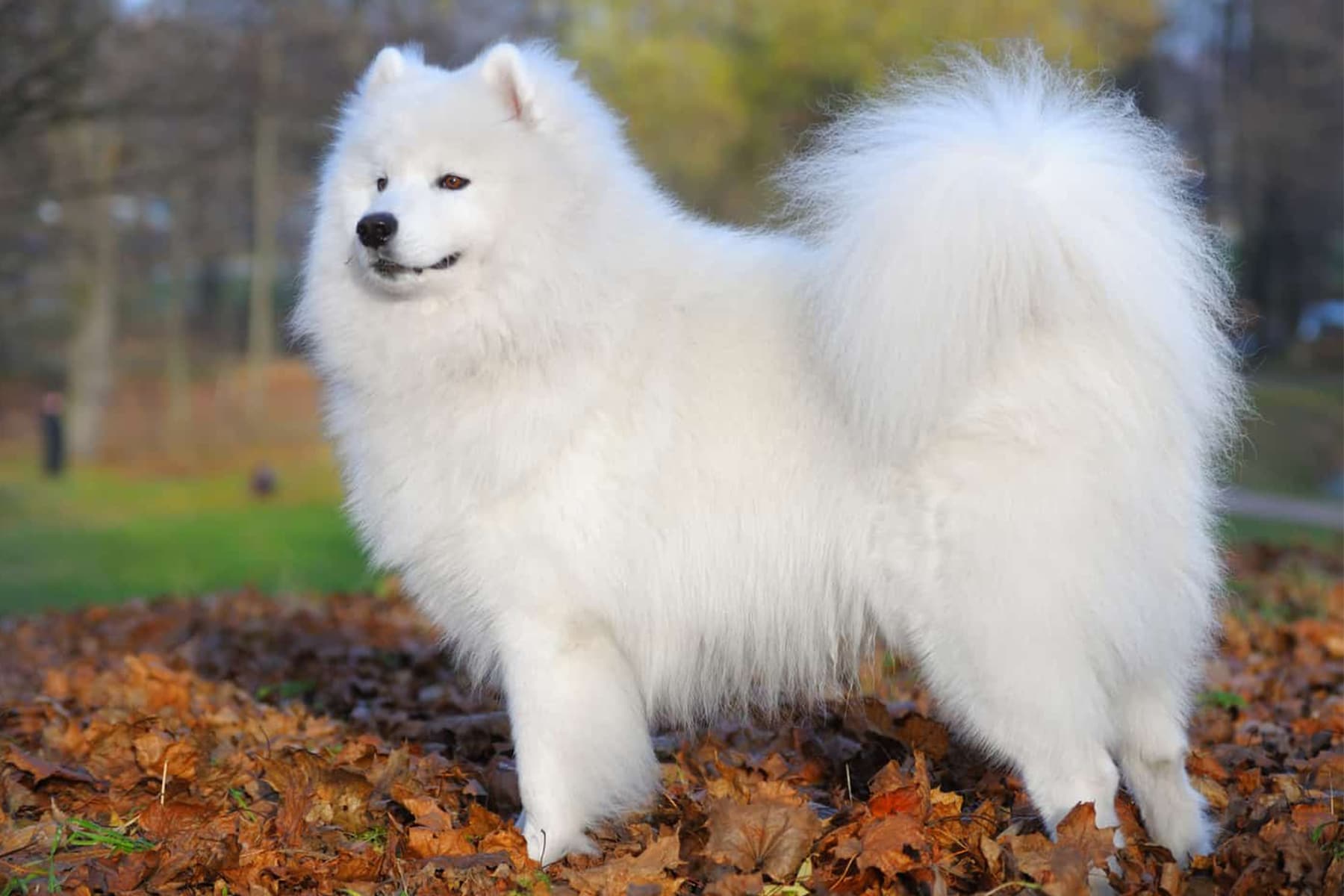
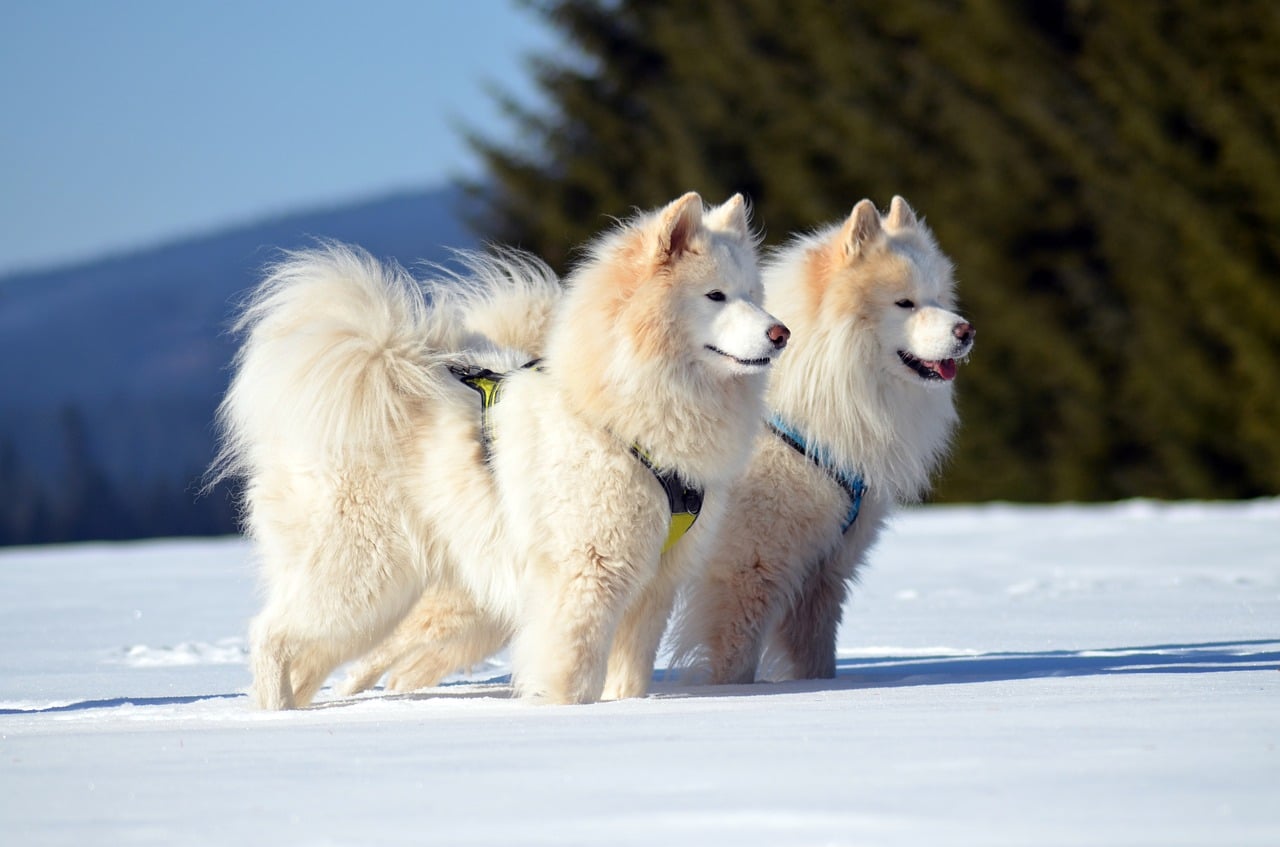
Temperament:
The Samoyed stands out due to its striking appearance. The dogs with the lush, snow-white coat have a mischievous expression on their faces. They seem to smile. Although they are true all-rounders, the breed is largely unknown.
Characteristics
The Samoyed belongs to Group 5, Spitz and Primitive Type Dogs of the FCI. Within this group, it belongs to Section 2, Nordic Sled Dogs. The origins of the breed lie in Russia. The patronage lies with the Nordic Federation.
The Samoyed is a medium-sized dog. Males reach a shoulder height of 57 cm, females 53 cm. A deviation of up to 3 cm is permissible for both. The build is compact, strong and elegant. The weight is between 18 and 30 kg.
The head is large, strong and wedge-shaped. It is slightly domed with a slight depression between the eyes. The muzzle is strong and tapers towards the nose. The coat around the neck and shoulders is dense and resembles a mane.
The ears of the Samoyed are small and erect. They are triangular, thick and slightly rounded at the tips. The distance between the ears is large due to the broad skull.
The almond-shaped eyes are set at a slight angle. Together with the upturned corners of the lips, this gives the impression of a smile. This facial expression is typical of the Samoyed. The eyes are dark brown. Blue or two-tone eyes are not permitted in the breed standard.
The coat is adapted to the climatic conditions of the far north. The soft, dense undercoat protects against the cold. The top coat is smooth and slightly longer in males. The coat is thicker, especially around the neck and on the hind legs.
The coat color must be pure white or cream according to the breed standard. White with some cream-colored markings is permitted. Deviations or other coat colors are considered breeding faults.
The Samoyed is a versatile dog. It is people-oriented and open-minded. Its friendly and lively nature makes it an excellent family dog. Although he likes to spend time outdoors, keeping him in a kennel alone is not suitable. This is because the Samoyed is sociable and always wants to be with his family.
This breed has a relatively high urge to move. Nevertheless, the Samoyed is suitable as a house or city dog. It just needs to have the opportunity to let off steam outdoors every day. The playful and intelligent Samoyed needs lots of play and variety.
The Samoyed is not aggressive and is not the best guard dog. He would bark and report the intruder, but not confront him. His nature is too friendly and carefree for that. He gets on well with dogs and other animals. His hunting instinct is not very pronounced.
Nevertheless, training a Samoyed can be a challenge. This breed is very proud and has a mind of its own. You cannot expect blind obedience from a Samoyed. He will first weigh up the situation and the command and then make a conscious decision.
This does not mean that the Samoyed is untrainable. With consistency, patience and tact, you can also train a Samoyed. A little positive reinforcement and incentives can help.
The Samoyed is surprisingly adaptable. Although it comes from a cold climate zone, it copes well with heat. Nevertheless, it should not be overworked on very hot days. Provide him with plenty of shade and water to cool him down.
Coat care:
Shedding:
Energy level:
Trainability:
Children suitable:
The right food
When choosing food, make sure that it contains high-quality ingredients, is balanced and meets your dog's requirements. Age, size or weight, activity and health status play an important role. You should follow the manufacturer's recommendations for the amount of food.
Treats should only be fed in moderation and deducted from the basic diet to avoid obesity.
Puppies can be fed 4-6 times a day. The number of meals should be gradually reduced to 2 per day until the dog is fully grown. A rest period should be observed after meals.
Fresh drinking water should be available at all times.
Health & Care
Grooming the Samoyed is generally not very time-consuming. The coat should be brushed thoroughly about once or twice a week. With the Samoyed's snow-white coat, it is tempting to bathe him as soon as he gets a little dirty. This is because every puddle of rain leaves its mark on the snow-white coat.
Nevertheless, you must be very sparing with bathing. This is because shampoo and soap attack the protective grease in the undercoat. The skin is no longer sufficiently protected, dries out and becomes cracked. The hair looks dull and lackluster. You should therefore only bathe your Samoyed in extreme emergencies and when it is very dirty.
Grooming the Samoyed's coat twice a year is more time-consuming. This is when the dogs change their coat and lose a lot of hair. As the owner, you have to be prepared for everything your pet comes into contact with to be full of dog hair. More frequent brushing can help, but not prevent it.
Otherwise, grooming is no different from that of other dog breeds. After every walk, the dense coat should be searched for ticks and these should be removed. Eyes, ears and teeth also need to be checked and cleaned regularly.
The Samoyed has long hair between the toes. Check the spaces between the toes regularly and carefully cut out matted hair. Look out for injuries and cracks on the legs. If the claws do not wear off by themselves, they must be trimmed regularly.
Caring for a dog also includes appropriate exercise. As a former sled dog, the Samoyed is an enthusiastic runner. If you don't have that much stamina, you can take him cycling. With a little training and a good bike lead, you can soon be out on a bike ride together.
The Samoyed is happy about any outdoor sporting activity. If you want to have such a dog, you should be prepared for this. Choose a sport that you enjoy and that you can do together.
Suitable accessories
Like every dog, your Samoyed needs basic equipment: collar or harness with lead, dog basket or dog mat as a retreat, water and food bowl, tick tweezers, claw clippers, mild dog shampoo, brush and comb or rubber curry comb, toothbrush and toothpaste for dogs, transport box for transportation in the car and a first aid kit. It's best to ask your vet what should be in the first aid kit.
The Samoyed is always happy to receive toys that stimulate his movement and his mind.
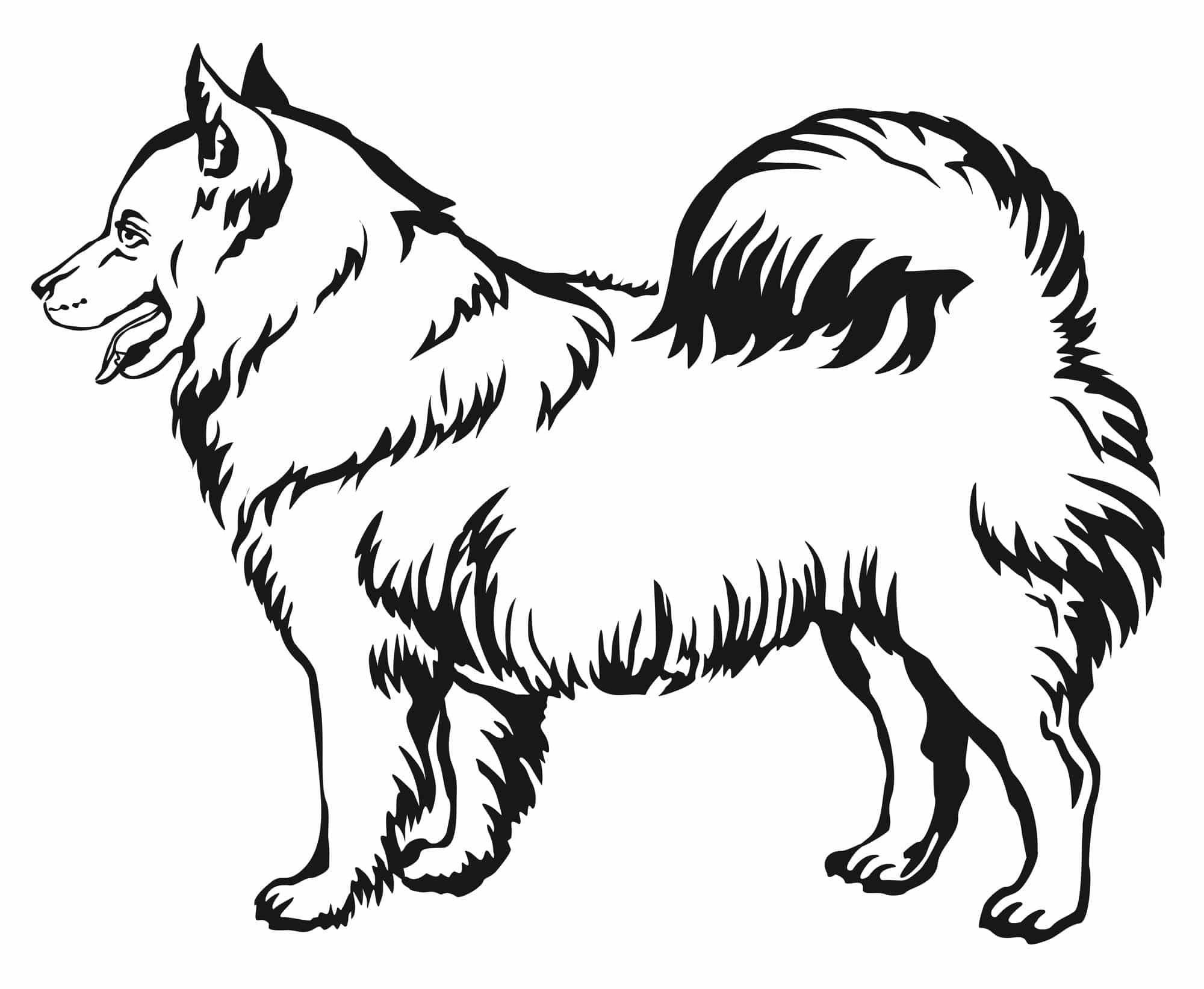
Origin & History
The origins of the Samoyed lie in the north of Russia and in Siberia. There they lived among the Samoyed tribes of the same name. The Samoyed had to fulfill various tasks. It was a guard dog, herding dog, hunting dog and, if necessary, a sled dog.
For the Samoyed natives of Russia, however, the Samoyed was more than just a working animal. They were full members of the family and were even allowed to sleep in the tent at night. There they kept their owners warm on icy nights.
According to the breeding standard, the coat of the Samoyed may only be pure white to light beige. In their homeland, they are also found in other colors. Black and brown spotted specimens live mainly in southern Siberia and northern Russia. However, they are not recognized as pedigree dogs by the breeding standard.
In 1889, the British zoologist Ernest Kilbourne Scott traveled to Russia. He lived with the Samoyeds for 3 months. There he got to know the dogs and took a small brown puppy with him on his return. He later imported a cream-colored female and a snow-white male.
Various research groups used Samoyeds as sled dogs for their expeditions. In the 19th and 20th centuries, these were mainly European and American explorers. They brought some animals home with them from these expeditions.
These imported dogs formed the basis for breeding in Europe. As the breeders only had a few animals at their disposal, they also crossed in Spitz.
Kilbourne Scott is considered the founder of the Samoyed. They have been recognized as an independent dog breed since 1913.
The Samoyed breed later gave rise to other dog breeds such as the Eurasier. Although the Samoyed is very enduring, it is rarely used as a sled dog today. Huskies and malamutes are better suited as they are faster and stronger. For this reason, the Samoyed lives outside its homeland exclusively as a pet and family dog.
